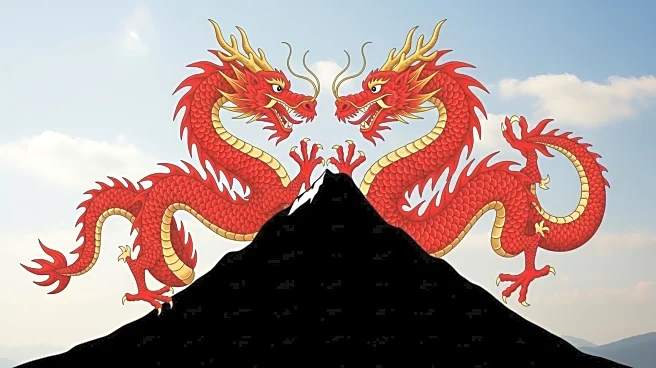The Great Wall of China is not only a symbol of Chinese history but also a structure with significant global influence, impacting culture, policy, and perceptions worldwide.
Intellectual and Cultural Influence
The Wall has inspired countless works of art, literature, and film, symbolizing human perseverance and ingenuity. It represents the cultural exchange between China and the rest of the world, particularly through the Silk Road.
Policy or Industry Effects
Historically, the Wall played a crucial role in trade regulation and border control, influencing economic policies and interactions with neighboring regions. Its construction and maintenance required significant resources, impacting China's economy and labor force.
Global vs. U.S. Reach
While the Wall is a national symbol for China, its global reach extends to its recognition as a UNESCO World Heritage Site and one of the New 7 Wonders of the World. For U.S. audiences, it represents a marvel of ancient engineering and a testament to cultural exchange.
Critiques and Debates
The Wall's construction has been critiqued for its human cost, with many laborers losing their lives during its building. Debates continue about its effectiveness as a defense mechanism and its role in China's historical development.
 Discover Daily • 7 min read
Discover Daily • 7 min read 









